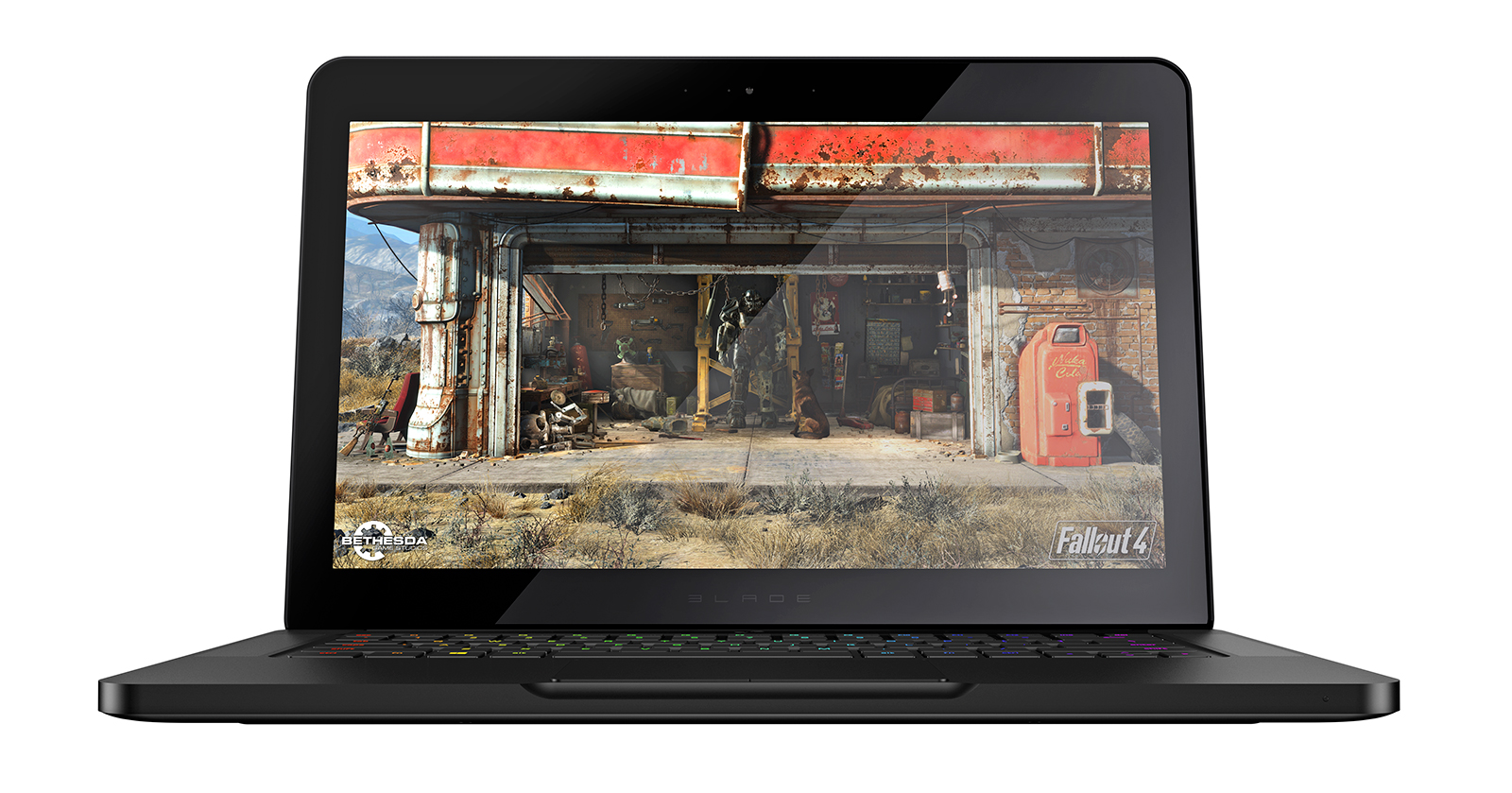
Imagine setting aside three months of your life to pursue a dream. As romantic as the idea may seem, it requires a gut check somewhere along the way. Recently, a handful of entrepreneurs said goodbye to their families and loved ones, and in some cases, flew across the globe for an opportunity to do just that. Some put their budding companies on hold, while others came only with an unwavering belief in their idea. In all, 10 companies converged on the Nike+ Accelerator in Portland, Ore., this past March, each united with the goal of building products that integrate with Nike's line of fitness trackers.
 It's hard to underestimate the sacrifice, or the opportunity. With less than three weeks to relocate, many had to act quickly. But with a vote of confidence from Nike and its accelerator partner, TechStars, support from a vast network of mentors and industry contacts -- and just as importantly, early access to the Nike+ API -- it was a once-in-a-lifetime chance to get a head start over the competition in the burgeoning wearables industry.
It's hard to underestimate the sacrifice, or the opportunity. With less than three weeks to relocate, many had to act quickly. But with a vote of confidence from Nike and its accelerator partner, TechStars, support from a vast network of mentors and industry contacts -- and just as importantly, early access to the Nike+ API -- it was a once-in-a-lifetime chance to get a head start over the competition in the burgeoning wearables industry.
From the moment these entrepreneurs touched ground at PDX, the clock was already running. In just 12 weeks, they'd pitch their products to potential investors at Demo Day -- first in Portland on June 10th, and again in San Francisco on the 20th. It's a lot to accomplish in three months, and certainly unfamiliar territory for Nike as well. But even amidst the breakneck speed, one must hit the pause button and ponder Nike's motivation behind the accelerator. Ten companies were certainly given an upper hand, but can the same be said for Nike itself?
Filed under: Wearables, Software
Comments
 At GDC on Tuesday, Razer announced that it is releasing the fifth generation of its popular Blade gaming laptop. The new edition will reportedly offer significant performance improvements over its predecessor from 2014 including an Intel Core i7 runn...
At GDC on Tuesday, Razer announced that it is releasing the fifth generation of its popular Blade gaming laptop. The new edition will reportedly offer significant performance improvements over its predecessor from 2014 including an Intel Core i7 runn...
 At GDC on Tuesday, Razer announced that it is releasing the fifth generation of its popular Blade gaming laptop. The new edition will reportedly offer significant performance improvements over its predecessor from 2014 including an Intel Core i7 runn...
At GDC on Tuesday, Razer announced that it is releasing the fifth generation of its popular Blade gaming laptop. The new edition will reportedly offer significant performance improvements over its predecessor from 2014 including an Intel Core i7 runn...



